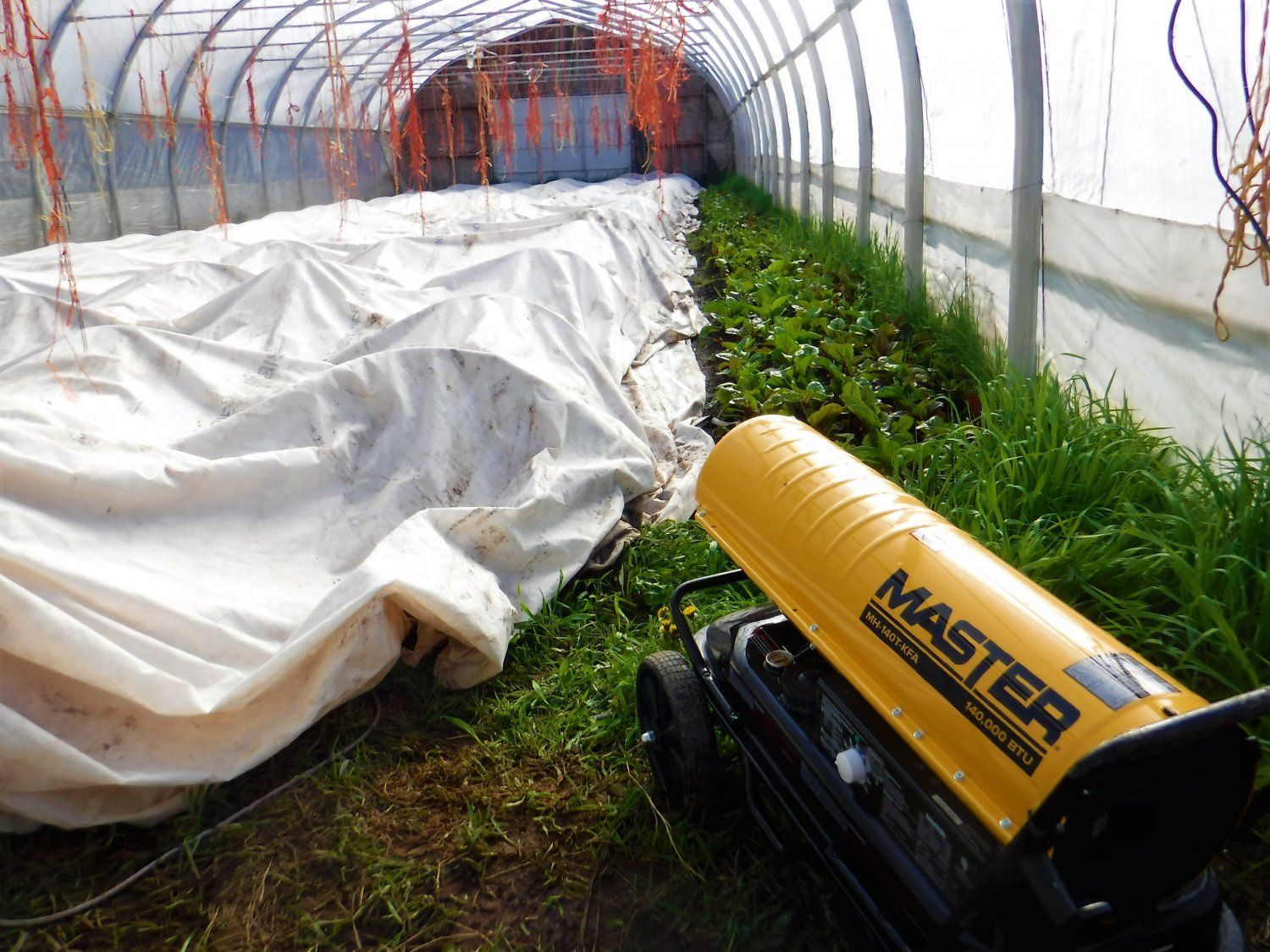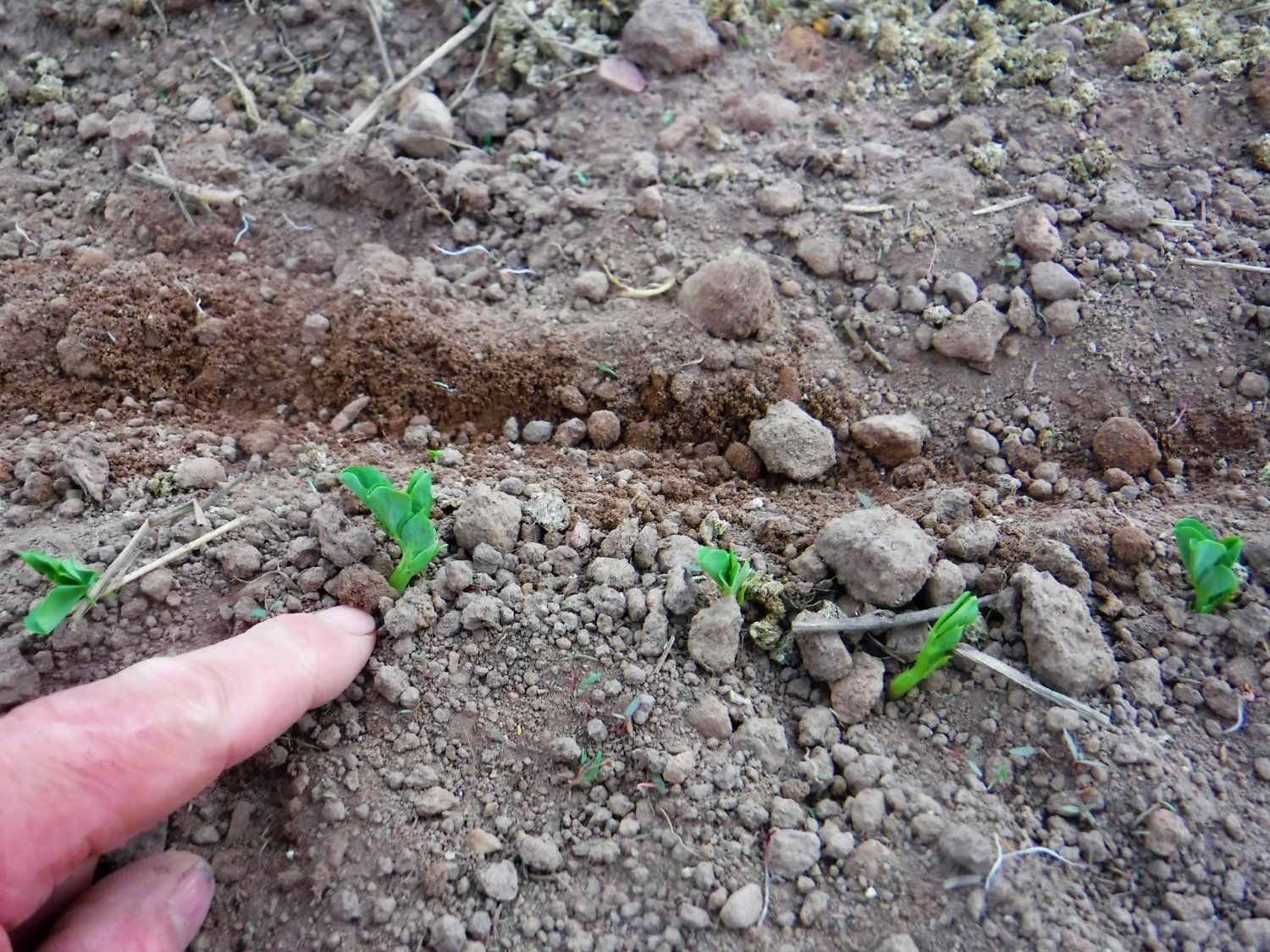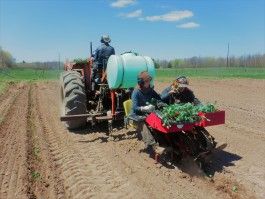Here at Great Oak Farm, it's been a roller coaster ride of a week! The dry weather (no mud - we're at about 5% of our "normal" amount of precipitation for this spring so far...) has made for some easy field/tractor work days. We've been working up fields left and right, getting the first round of spring weeds dug down before we transplant or seed the next rounds of veggies. This past Monday, Farmers Alex, Ryan, and Sean got over 6 thousand spring broccoli, summer cabbage, and brussels sprouts transplants in the ground. Today, we seeded the first rounds of sweet corn and green beans. Who's excited for summer?!
Next week, we'll be transplanting another big round of broccoli and believe it or not, storage cabbage for this fall. This is the cabbage that we'll store in our root cellar that will last through St Pats day in 2022! Planning ahead - waaaay ahead - is an important part of the planting process. Spreadsheets help keep us on track with what we should be seeding when and when we plan to harvest later in the season. Working around the weather is always something we need to consider as we check our spreadsheets, but we keep a good eye on the 10 day forecast and adjust our plans accordingly. As farmers, our weeks and days are constantly taking aim on a moving target. Sometimes it's exhilarating, other times it's exhausting, but it's part of the game, like it or not.
There are other hiccups besides the weather, both mechanical and biological. We don't usually highlight the challenges, but just so you don't think it's all "easy street - sunshine and roses" around here, this last week was no different. The hundreds of dollars worth of squash seeds we seeded last week got hit HARD by some rodent predation over the weekend. They managed to scale up onto our germination benches, excavate each seed, and mine out the guts of the seeds. We set a pile of traps as soon as we noticed the damage, but lost about 60% of the planting before we managed to catch the culprits. It's hard to describe the sinking feeling in your stomach when you head out to water the greenhouse first thing in the morning and find flat upon flat of destroyed seeds....
Farmer Ryan spent a season at the Rodale Institute, a pretty famous research farm in PA that has been proving how organically managed crops can out perform conventionally farmed crops for over 30 years. He told us about how they stored their organic, untreated seeds in a huge metal vault to keep them safe from rodents and insects before planting, while the conventional seeds (treated with a host of chemical insecticides, rodenticides, and fungicides to protect them) were just left on a pallet in the corner of the barn. Mice and other rodents wouldn't even go near those treated seeds. This is just one example of how organic farming has it's own set of additional challenges, and why sometimes organically grown food can cost a little more than it's conventional, chemical counterpart.
As soon as our traps were coming up empty and we stopped seeing any more damage to the flats we seeded last week, new flats were seeded with the remaining seed we had on hand, and several hundred dollars of new seeds were ordered are on the way. Because of the 10 day or so delay in seeding between when we seeded the original round of seeds and when the new seeds arrive, we'll lose probably about 5-10% in total yield (unless we have a long warm fall) as the plants will have less time to ripen their fruits before harvest. Another moving target to keep our eyes on as the summer progresses. That's farming.
Then on Tuesday morning when we were removing the row cover from the peppers and cucumbers, we found that these little cutworms had been munching away happily on our plants. The brownish-green cutworm in my hand likes to chew the base of plants like a beaver chews a tree: girdle it so it falls over and the whole plant is available for easy eating. They live just beneath the soil around the base of each plant, hidden and protected beneath the dirt, and come up briefly at night to do their damage. Because they live beneath the soil, there are very few ways to control these pests, so we spent the morning on our hands and knees digging around the base of each plant to check for cutworms, then squishing them if we found 'em. Many plants (and cutworms!) later, we followed up by putting down a bacteria on the plants and on the surface of the soil that attacks the digestive systems of caterpillars to help keep the population in check. The bacteria don't live long in sunlight without a host, so we applied it in the late afternoon and then covered the plants back up with row cover to protect them from the cold nighttime temps, but also to protect the beneficial bacteria so it would have a little longer to find a host.
We filled in the holes in the pepper and cucumber plantings with reinforcements after we dealt with the caterpillar problem. We always seed more transplants than we need, so we have extras just in case something comes up. Always planning ahead. 8 weeks ago we started those pepper seeds - if we had to start new ones this week, we'd be 2 months behind on production, which in our short season is just unacceptable. And we still have more pepper transplants too just in case the cutworms strike back. If all goes well in the hoophouses, the remaining peppers will be planted outside and give us a little extra late summer bounty, or may be available in your Farmstand boxes for you to plant outside in your own garden.
Later Tuesday morning, as we were seeding flats of melons (yum!) for our trials this summer, we found a HUGE infestation of aphids in our greenhouse! They were living - thriving, actually - on some goldenrod plants that were growing up behind our potting bench. Big aphids. Tiny aphids. Aphid eggs. Left unchecked, the aphid population would have exploded in our greenhouse. Aphids do cause some plant tissue damage that makes some parts of plants unpalatable, but their main problem they cause is through vectoring a host of diseases as they feed on the plants. Think about deer ticks, but for plants. It's not usually the tick itself that causes the problem in people and animals, but the diseases they carry along like Lymes. Usually the aphids we find here are light green/whitish colored, so this red colored bunch must be a new variety. We carefully removed the stems of goldenrod and destroyed stems and bugs alike outside in a puddle with our rubber boots.
Incidents like these are a daily reminder that even though we live behind walls and surround ourselves with concrete and electronic gadgets, at the end of the day we're just another critter living on this Earth, subject to competition from other species that live here too. Thankfully, most of the time we can outsmart the competition.
Meanwhile the tomato houses are looking incredible. Now that the nights won't be so cold, we'll start trellising the stems up off the ground to begin getting them ready for production - they're already starting to flower. The beets we transplanted first in the middle of the beds way back in April are starting to size up and look great as well. This week, we dropped the strings to trellis the stems up, so we won't be able to cover the plants with row cover but will be relying our our portable heaters to keep everything warm enough at night if the temps drop again. It's a leap of faith that we have to take every spring, but all of us here at the farm are looking forward to NOT having to spend an hour each day covering and uncovering all of these tender hoophouse plants.
Here's to sunshine, rain when we need it, and leaving the cold weather behind us till fall! Thanks for joining us on this adventure in local, seasonal eating.
In community,
Farmer Chris
Great Oak Farm

.JPG)
.JPG)
.JPG)
.JPG)



